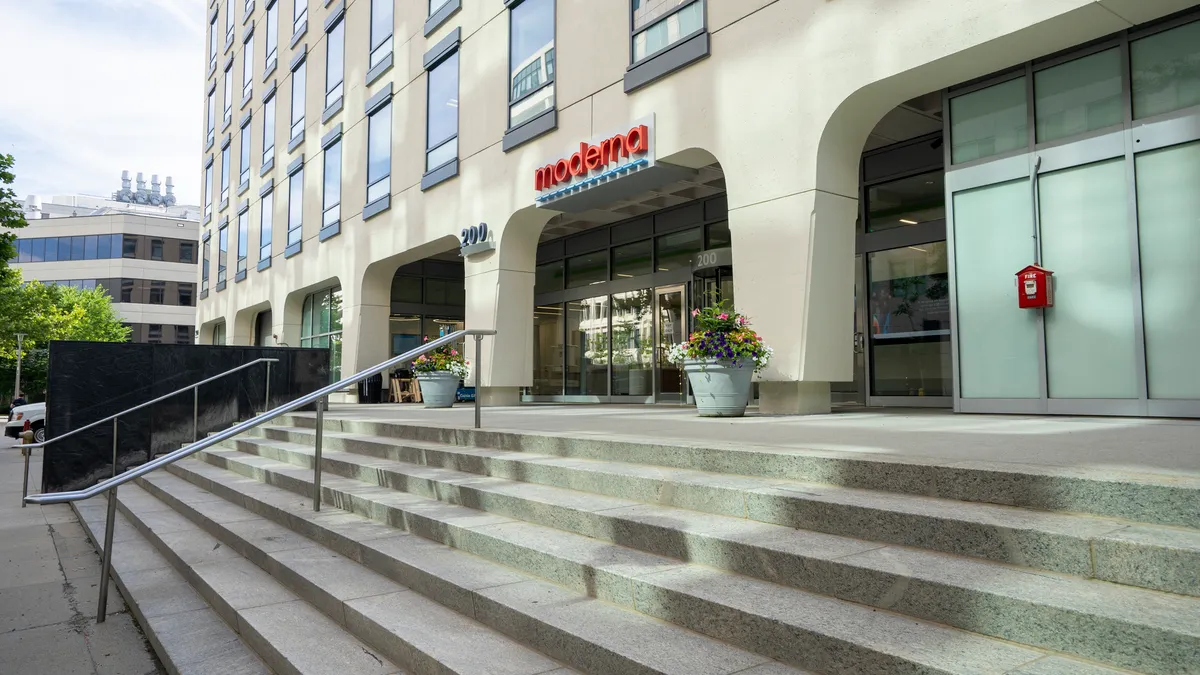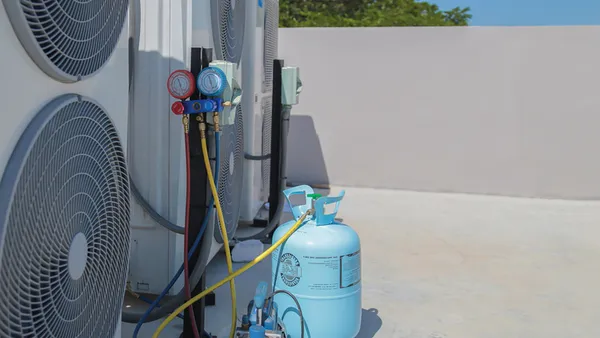Dive Brief:
- High-class assets in quality submarkets are driving leasing activity in the life sciences market, despite an overall market slump in the U.S., according to JLL.
- While aggregate lab demand across the U.S. remains 55% lower than the peak levels observed at the end of 2021, some markets are excelling, according to JLL’s U.S. Life Sciences Property Report released last month. The 6.9 million square feet of demand seen in Boston, San Diego and the Bay Area during the first quarter of 2024 match the levels seen at the end of 2019, the report says.
- “The flight to quality in the Grade A space and out of the [Grade B] space is about talent, and making sure that talent is attracted and retained.” Pamela Paddock, managing director of life sciences at JLL, said in an interview. That is a recurring theme over time, but in this moment … having space that is highly desirable and agile can suit various needs.”
Dive Insight:
While aggregate demand for lab space in the U.S. is far below levels observed at the end of 2021, market activity is expected to increase in the coming months, rising 6.3% across the U.S. in the first quarter of 2024, per JLL’s report. Most of that increased demand was concentrated in Boston, San Diego and the Bay Area, with these markets experiencing a combined 29% demand growth during this period.
The availability of space in top-tier, “core” submarkets — namely UTC and Torrey Pines in San Diego, South Francisco in the Bay Area and East Cambridge in Boston — has significantly outperformed that of all other localities in those same metro markets in recent years, according to JLL. Despite availability “spiking to levels never seen before across the lab real estate market,” the most in-demand space continues to be “the best product in the best neighborhoods,” the report says.
“Location is particularly important for first-time job seekers,” Paddock said. “Maybe they’re looking for things in the areas where they are attracted, and living in the markets that are highlighted in the report. That’s where a lot of that talent is coming out of school, and maybe they are a little hesitant to fly too far from their nests when searching for that first job.”
The importance of proximity to key life science research and development areas and talent pools is further highlighted in CBRE’s U.S. Life Sciences Real Estate Investment Trends report. CBRE notes that the top markets for R&D asset investments “typically host major universities, hospitals and non-profit research institutions.” CBRE’s report calls these organizations hubs of “significant innovation” that “play a crucial role in fostering new discoveries and attracting and nurturing talent.”
JLL’s report emphasizes that hyperlocality, which takes into account the quality of assets and their specific locations within a market, is a key driving factor in a life science facilities’ leasing and market performance. When examining top-tier “core” markets and other lab submarkets established before the post-COVID market growth, the physical makeup of the building has been a key driver of occupancy inflow, with these areas collectively seeing a net influx of users totaling 2 million square feet of space since the start of 2023, JLL says.
“The primary determinant of occupancy inflow has been the physical makeup of the building,” the report says, noting that older product and office conversions that make up Class B product have seen just as much outflow in the same time period. This shows that in a market filled with quality options, the “clear choice has been to upgrade [the] quality of the asset.”
“Sometimes [the class of a building] is dictated just by the structure of the facility,” Paddock said. “So you’re not going to change the column to column of the space, but you can upgrade the finishes. You can do those employee ambassador services and scientist-focused enhancements that I think will even improve retention in less than optimal space.”
“The other thing that is really beginning to differentiate the space, which historically has been lumped in with amenities, is ambassador services and employee engagement efforts,” Paddock added. “I think that’s the next tranche of differentiator that attracts talent, and it’s a big focus for many of the [pharmaceutical companies] and even the MedTechs.”













